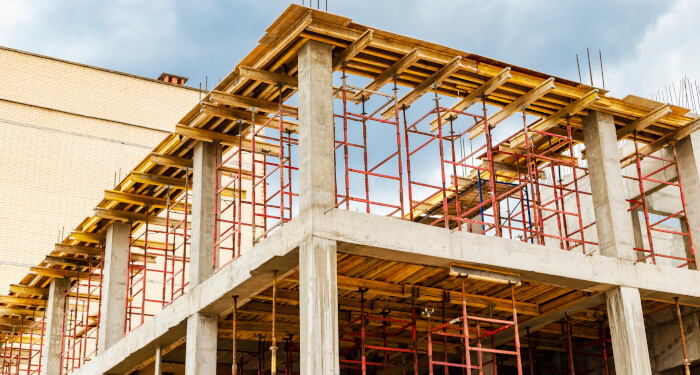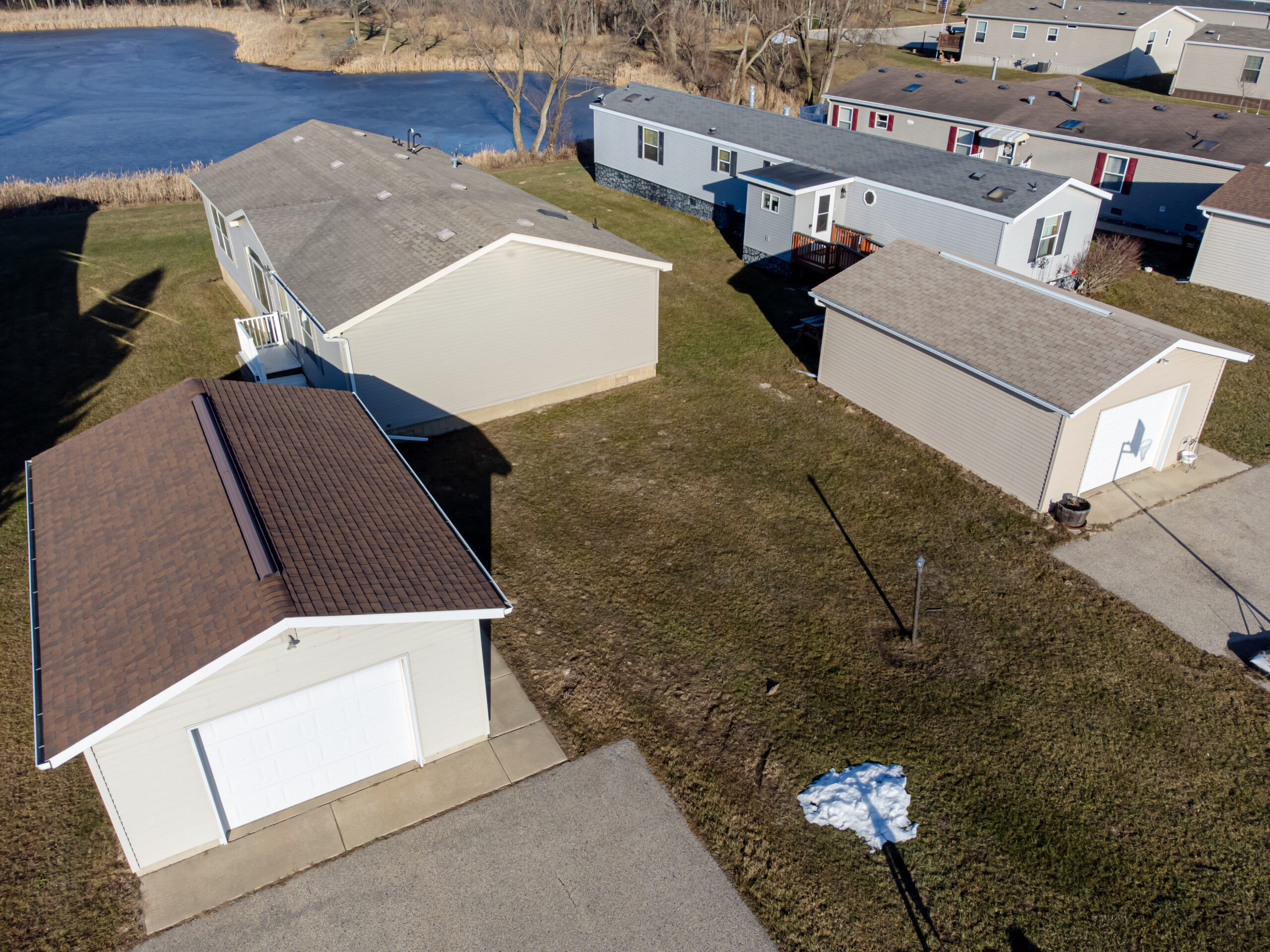Modern websites are always “done.” Plugins update. Browsers evolve. Security threats change. Content gets obsolete. If these issues aren’t addressed, the results begin to show up in the background until a frustrated user, a decline in traffic flow, or a malfunctioning feature prompts you to take notice.
In reality, keeping your website’s performance every month is as crucial as creating it from scratch.
Table of Contents
Why Ongoing Maintenance Matters
The majority of business websites are built using a CMS system (like WordPress), which is always evolving. Your site may appear perfect in the moment, but if you don’t give it adequate care, it will quickly become slow, prone to vulnerability, and unstable.
If you’re not regularly updating plugins, making backups, testing forms, checking for broken links, or monitoring your website’s uptime, it may be in a state of decline. Many companies depend on well-organized, regular maintenance programs for their websites that guarantee consistent updates and improved performance.
This isn’t just a tech task, but it’s also a business plan.
What’s at Stake?
A broken or slow website isn’t just a source of frustration for users; it can hurt your bottom line. Here’s how:
- The loss of trust occurs when visitors leave websites that appear old-fashioned or sloppy.
- SEO penalties: Missing websites or slow speed, as well as bad mobile performance, affect your search engine rankings.
- Security risks: Old plugins are among the most popular security breaches for hackers.
- Lost leads: Contact form errors or interruptions during peak hours could be a sign of a lost opportunity.
Ensuring regular maintenance is a method to reduce the risk before it costs you actual earnings.
Why WordPress Sites Need Extra Attention
If your website is powered by WordPress maintenance, it’s not an option; it’s essential. WordPress is the mainstay of more than 40percent of the internet and is often a target for cyber-attacks that use automated techniques and malicious software. Many problems are not caused by bad development, but due to inadvertent updates or plugin conflicts in the course of time.
It makes sense to create a specific WordPress maintenance plan in place. The plans take care of updating, backups, testing, and monitoring that you don’t have time to do. They will keep your website safe and stable while you manage your business.
What a Monthly Plan Should Include
A well-planned maintenance plan goes much further than the simple update of a plugin. It should contain:
- WordPress Updates to the core WordPress plugin and its updates
- Security scans and protection against malware
- Backups for daily or weekly intervals (stored offsite)
- Monitoring performance and uptime
- Optimization of speed
- Broken check for links and bug fixes
- Monthly reports containing insights and suggestions
A well-planned plan does not just prevent headaches; it can also give you a clear picture of how your site’s operations are handled.
Final Thought
The site is a vital aspect of your business. It’s not like you’d ignore your storefront as well as let your CRM software be unpatched, so why treat your site differently?
Maintenance is a monthly process of protecting your investment, enhancing your customer experience, as well as ensuring that your site is running smoothly for you day in and out.











